How AI could help Switzerland shift to renewables
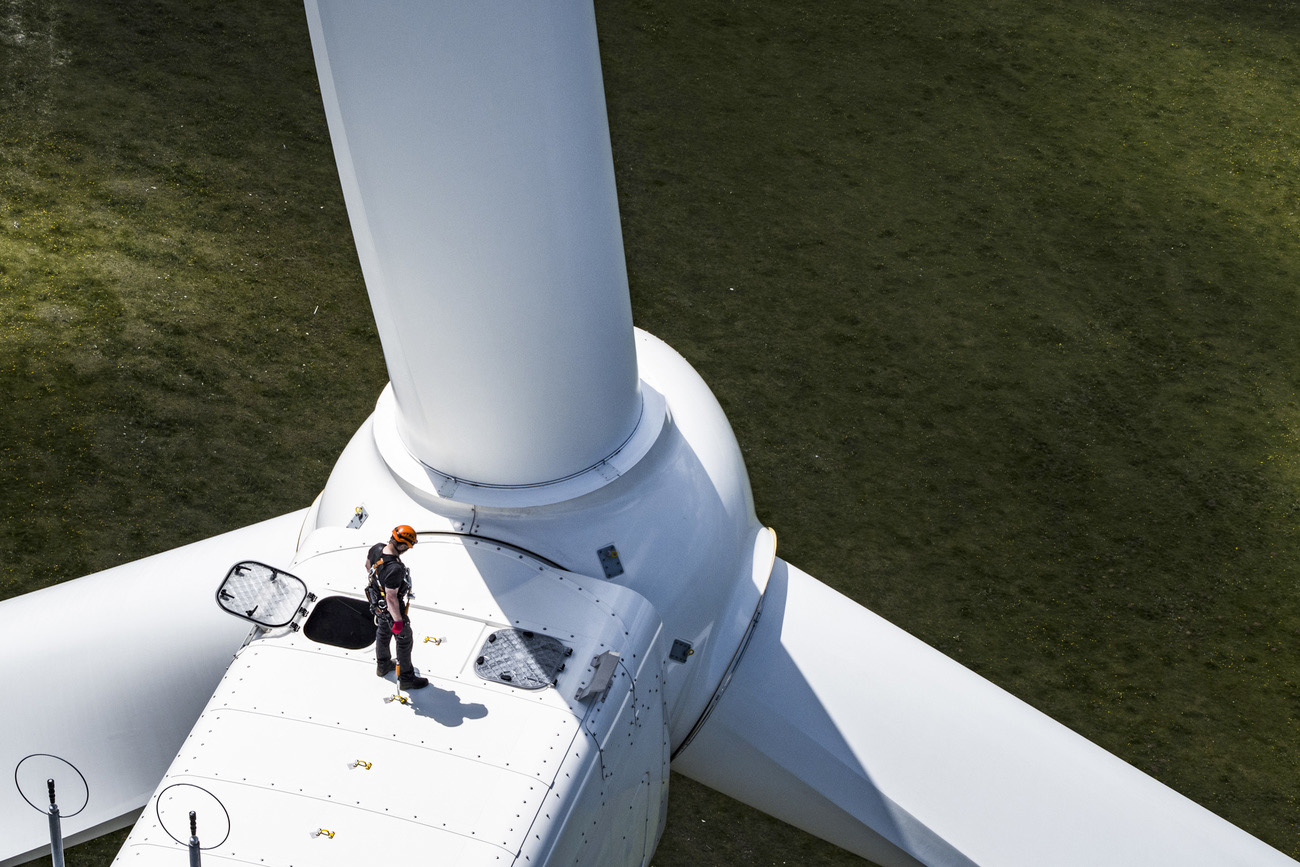
Switzerland aims to rely solely on renewable energy by 2050. Building more solar panels and wind turbines plays a crucial role in achieving this goal – and so does artificial intelligence.
Charging our smartphones, doing the laundry, or streaming a series on Netflix – we usually don’t have to think about where our electricity is coming from. Or whether there is enough to power all our devices.
Utility companies and researchers also didn’t worry much about supply in the past. But as Switzerland is expanding its share of renewable energy, the issue of providing enough electricity when and where it’s needed is becoming increasingly important.
First, the sun doesn’t always shine and the wind doesn’t constantly blow. Second, electricity demand is changing. As we leave fossil fuels behind, most new cars will be powered by batteries. Heat pumps will replace oil and gas heaters in buildings.
Third, the energy mix is evolving. Around 76% of electricity from Swiss sockets comes from renewable sources, primarily from hydropower plants, while nuclear energy makes up 20%. There are only a handful of big utilities in Switzerland that run hydropower plants or nuclear power stations. These companies know exactly how much power they generate at what time.
But nuclear power is being gradually phased out and substituted with renewable sources. Today every household can potentially generate electricity with solar panels on its roof. Small and big wind farms across the country feed into the electricity grid. This is changing how the grid operates.
“We are moving from a centralised to a decentralised system, making the operation of the electricity networks more complex,” says energy expert Matthias Eifert. He founded the Energy Data Hackdays, an annual event where hackers, data analysts and engineers spend two days tinkering with solutions to accelerate the energy transition. The main challenge, Eifert says, will be making sure that new generation sites connect efficiently to the grid.
One solution he advocates is the use of artificial intelligence. “Machine learning and artificial intelligence can help to optimise and stabilise the interplay between energy supply, use and storage,” he says.
Eifert is not alone in this assumption. The World Economic Forum sees “tremendous potential” in artificial intelligence (AI) to “help accelerate the global energy transition”. In a white paper published in September, the organisation called on governments and companies to invest in AI.
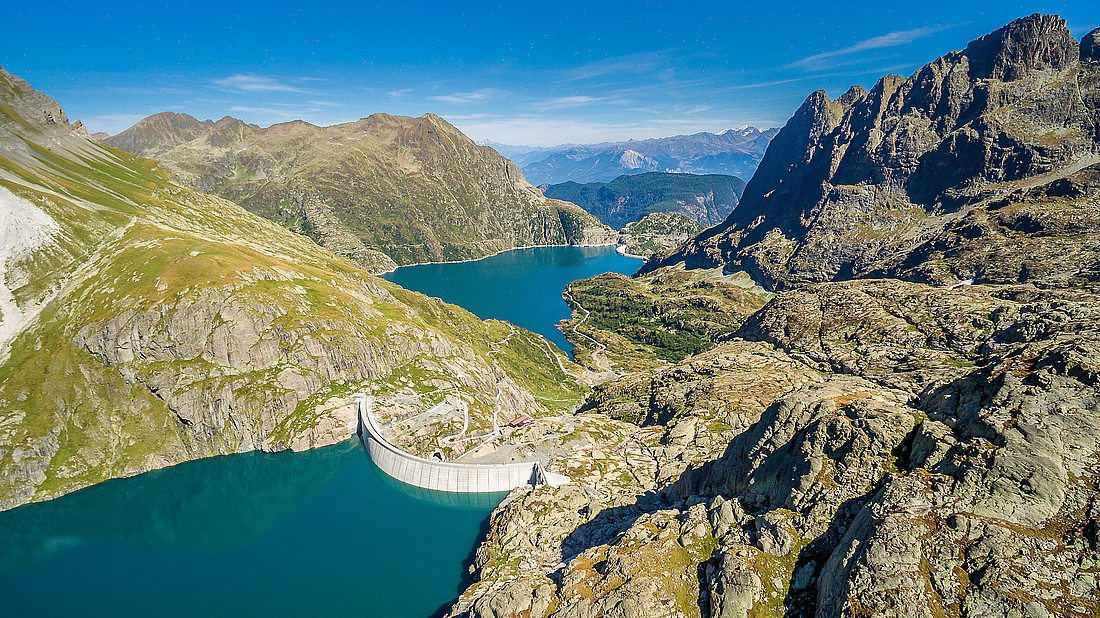
More
Inside Switzerland’s giant water battery
So, how exactly can AI support the transition to renewables?
Energy stored in electric car batteries could power homes
The first step is to understand people’s behaviour and where potential mismatches of demand and supply might arise, says Ben Bowler from the Lucerne University of Applied Sciences and Arts. He is a senior researcher in digital energy and has been working on energy storage and grid infrastructure for years.
It might seem surprising but utilities usually know very little about people’s energy consumption. They know how much electricity each household uses over a certain period of time. But they don’t know what days and times the electricity use is especially high or low.
One of Ben Bowler’s projects focuses on analysing energy data and understanding people’s behaviour – with the help of an algorithm.
He collects the data from so-called smart meters which are being rolled out across Switzerland, replacing the old basic electricity meters. By 2027, 80% of households will be equipped with a smart meter, according to the Swiss Federal Office of Energy. These meters monitor the use of households in real-time and feed back to the electricity providers every 15 minutes. In this way, the companies can find out when the peak hours are, for example, when people turn on the dishwasher after dinner.
“We are trying to forecast people’s behaviour. We look at previous electricity consumption and try to predict what people will do tomorrow. We can use the data to understand whether there might be problems in the network,” says Bowler.
Understanding people’s behaviour better, is one part of the equation. The other part is finding ways to ensure that enough power is supplied during those peak times.
Here, another project of Ben Bowler comes in. He is exploring how electric car batteries could be used as a short-time storage for the electricity grid.
As electric car sales surge, so will pressures on the grid. To avoid supply shortages, the idea is to make charging cars a two-way street. When electricity demand is low, the cars will be charged at smart charging stations. And when demand is high, the energy stored in the car batteries could be discharged and sold back to the grid.

More
Next-gen batteries: Swiss researchers help lead the charge
The pilot project at Lucerne University is a collaboration with the energy company Tiko and the start-up Sun2Wheel, and will be tested using 50 vehicles from the car-sharing company Mobility.
“It all depends on getting better data on how people use the cars, when the sun is shining, when the cars are being charged. Then machine learning and artificial intelligence analyse the data,” says Bowler. Researchers are working on similar pilot projects with other car-sharing companies in Germany and Denmark.
There is still a long road ahead for the so-called Vehicle-to-Grid technology to move from test to implementation and ultimately become a viable business. There aren’t many electric cars that allow bidirectional charging yet. Nissan, Volkswagen and Fiat are among the few brands. Mobility only has 150 electric cars in Switzerland at the moment but plans to electrify its entire fleet – more than 3,000 cars – by 2030. What will also be needed then are smart charging stations, like those developed by the Swiss start-up Sun2Wheel, installed across the country.
Anonymised personal data
The challenge that Bowler and his colleagues run into during the trial is how to use the data – at what time people use electricity, when they do laundry or charge their electric cars – without violating privacy laws.
A start-up from the United States believes it can help. VIA Science, which recently opened an office in Zug, has developed a programme that is being trialled in the smart meter project at Lucerne University. Instead of having to extract the data, the researchers can analyse it directly on the meters. Private personal data doesn’t need to be sent anywhere.
There is also another solution to privacy issues: encouraging people to share their data voluntarily. Dozens of scientists, hackers, students and representatives of utilities met at the Energy Data Hackdays in Brugg in September to brainstorm how data could help create a stable, carbon-neutral energy system.
They came up with the project “read your own smart meter”. It would allow homeowners to visualise the data from their smart meters, giving them insights into how much electricity they consume and where they could potentially save power – and money. Then, they can share the data anonymously with the utility companies.
Switzerland is one of the leaders in artificial intelligence. It is also one of the countries with the strictest privacy laws. If you can solve the privacy issues, “people are able to help the electricity network and support decarbonisation,” says Bowler.

More
Switzerland’s ‘disappointing’ contribution to an emissions-free planet

In compliance with the JTI standards
More: SWI swissinfo.ch certified by the Journalism Trust Initiative








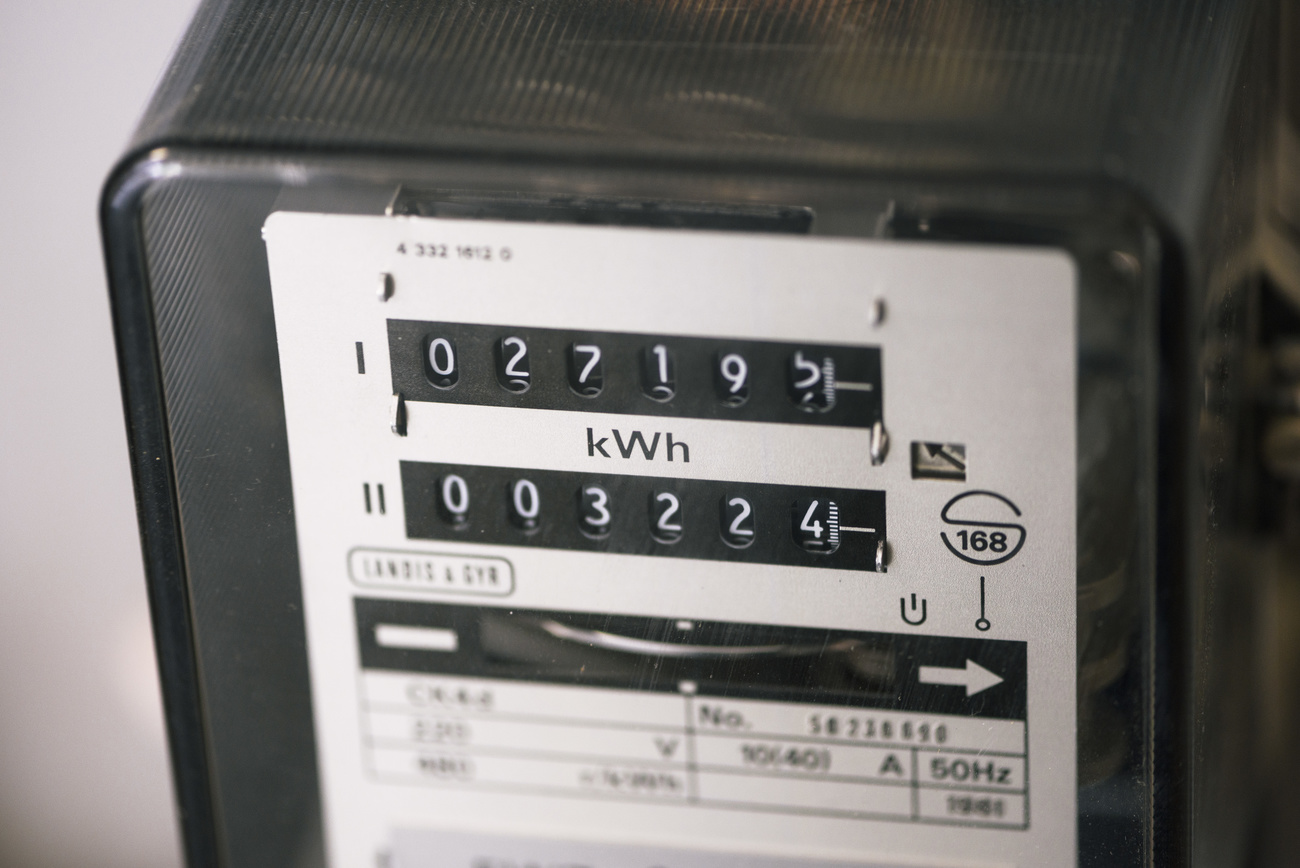
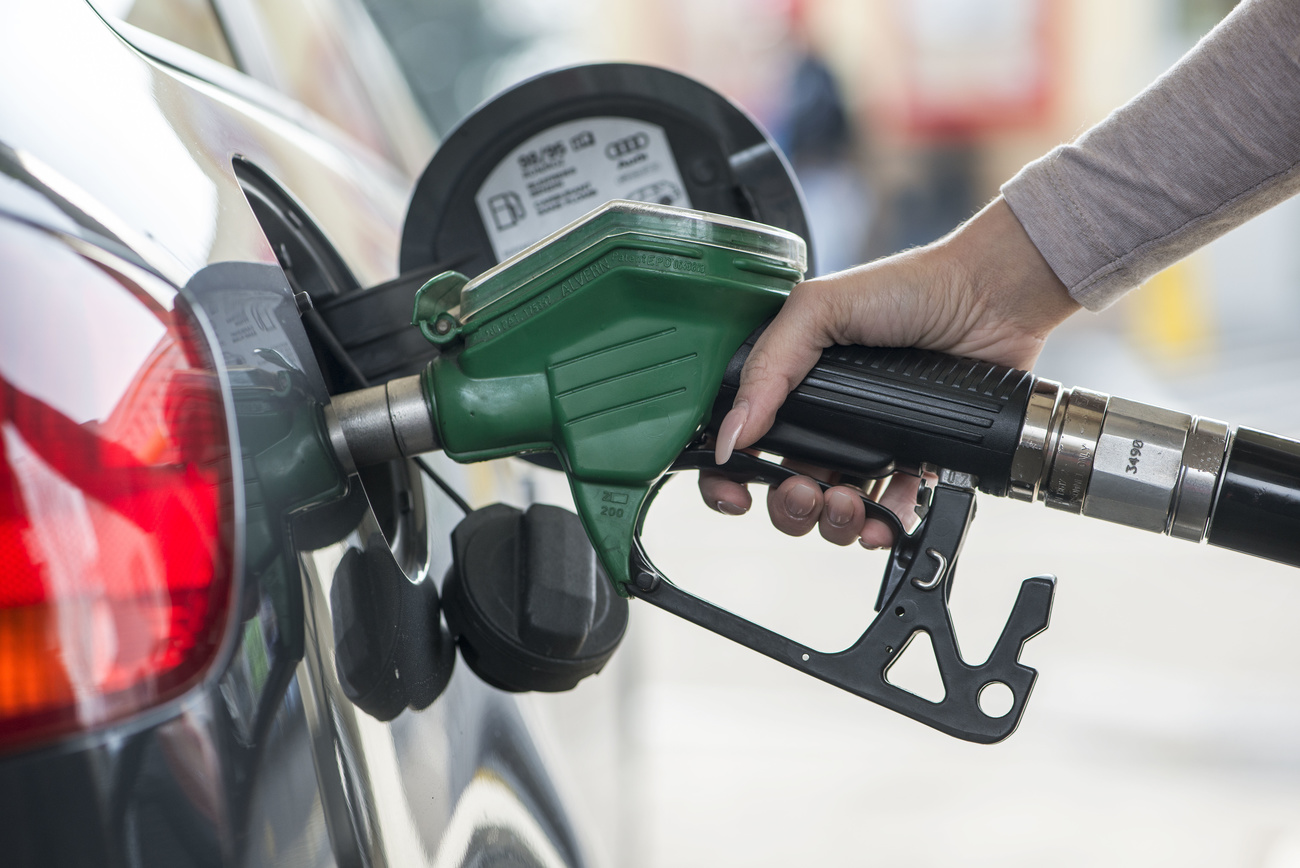
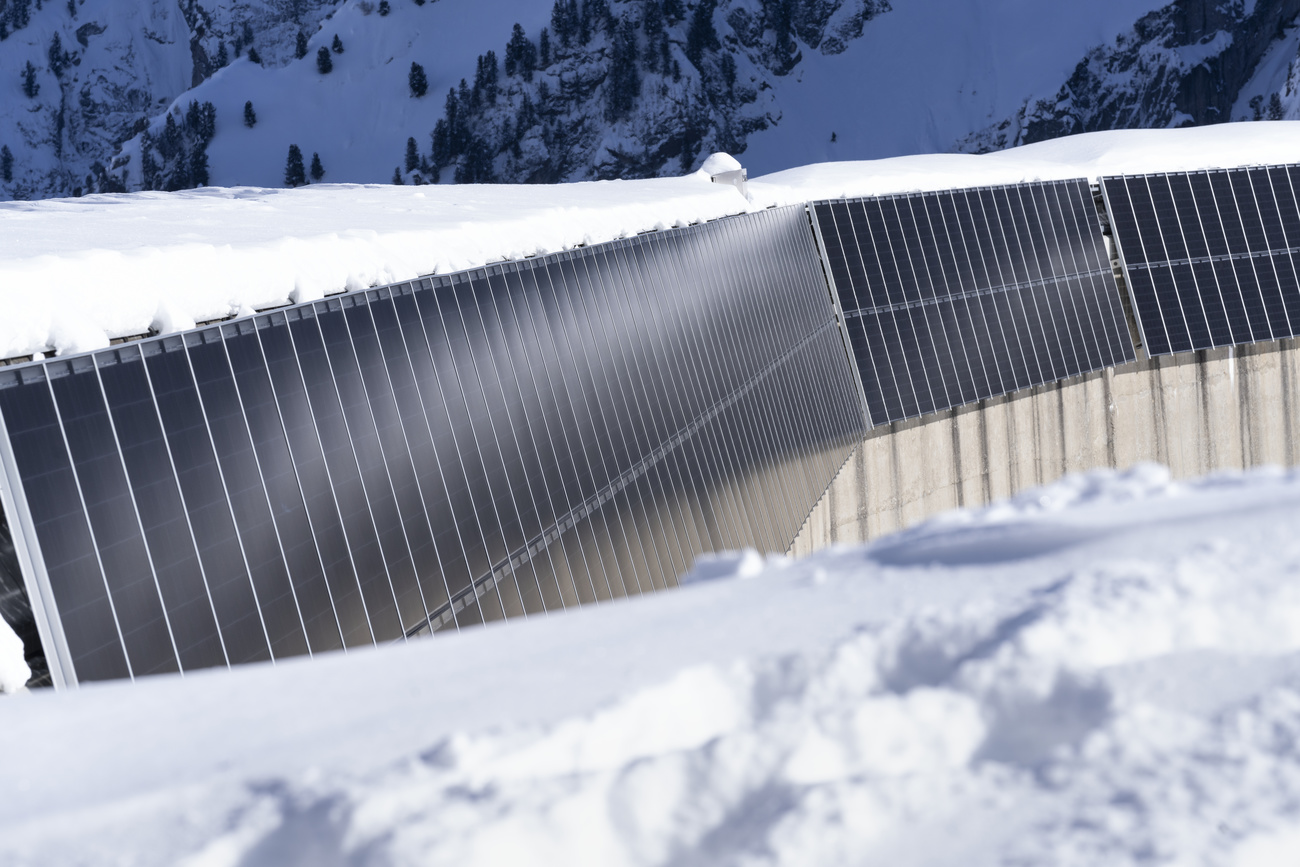

Join the conversation!